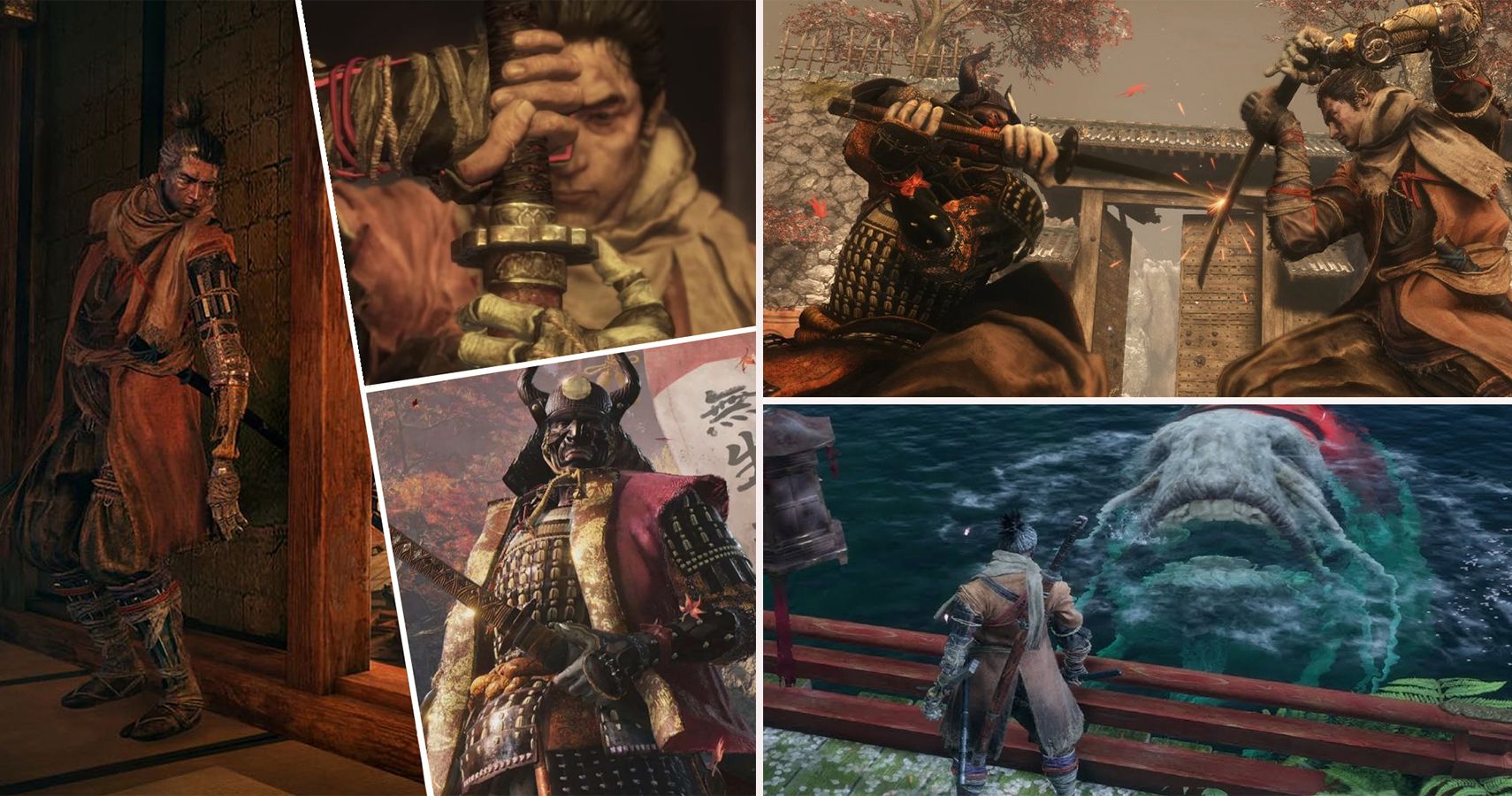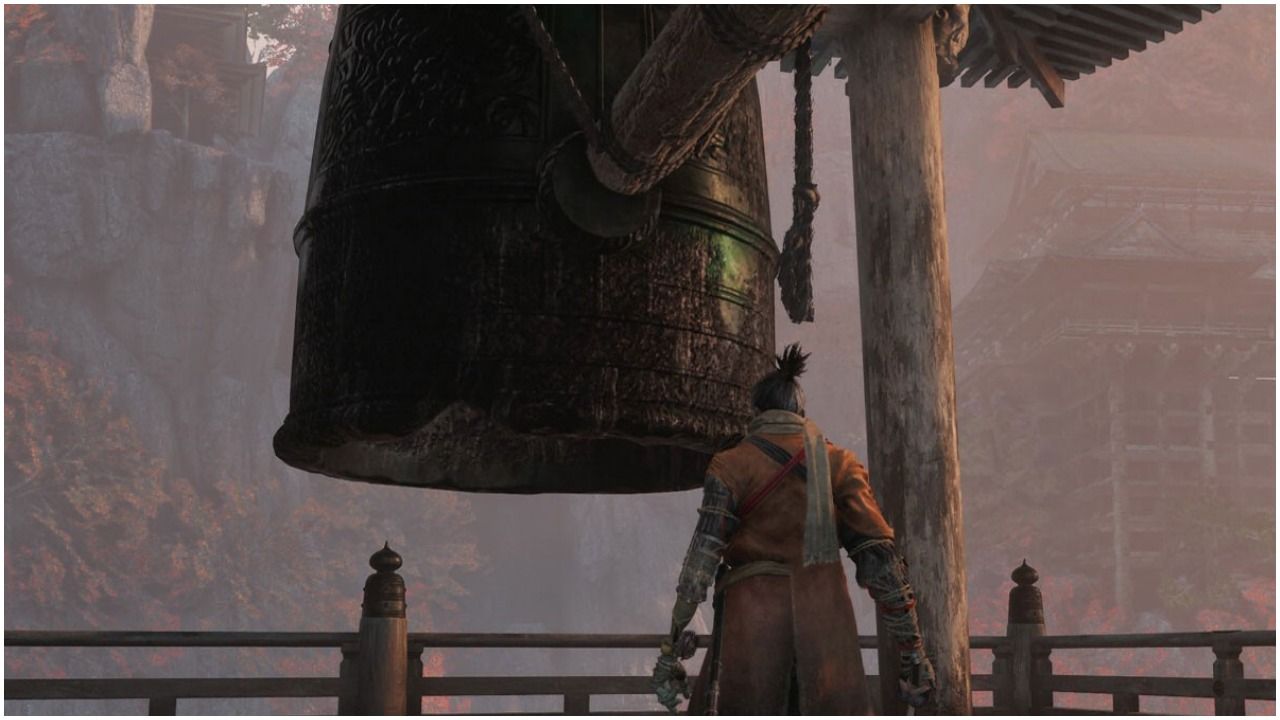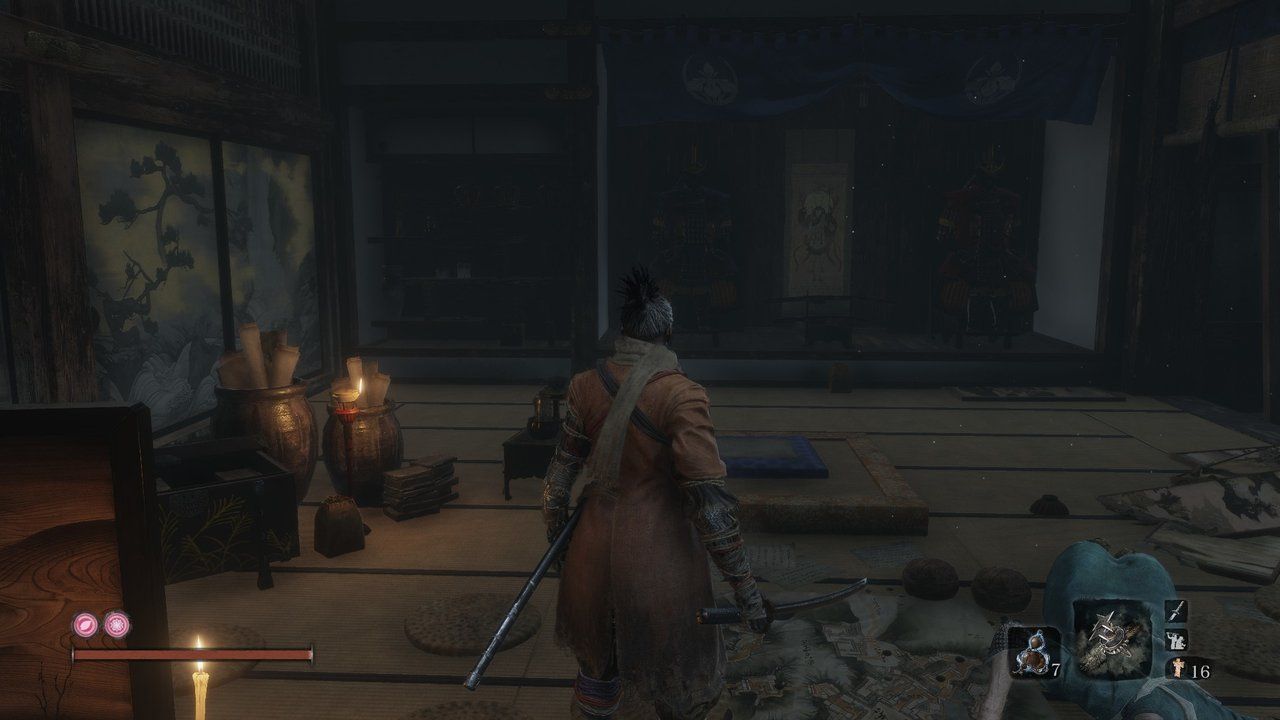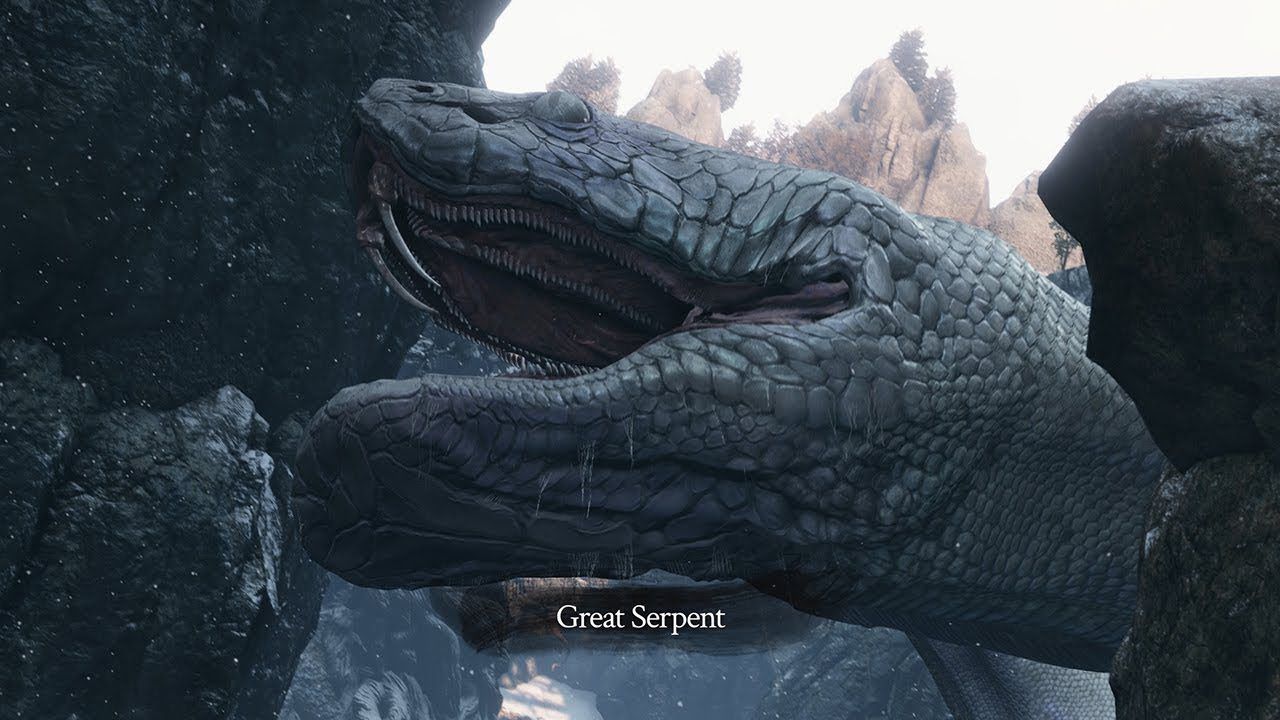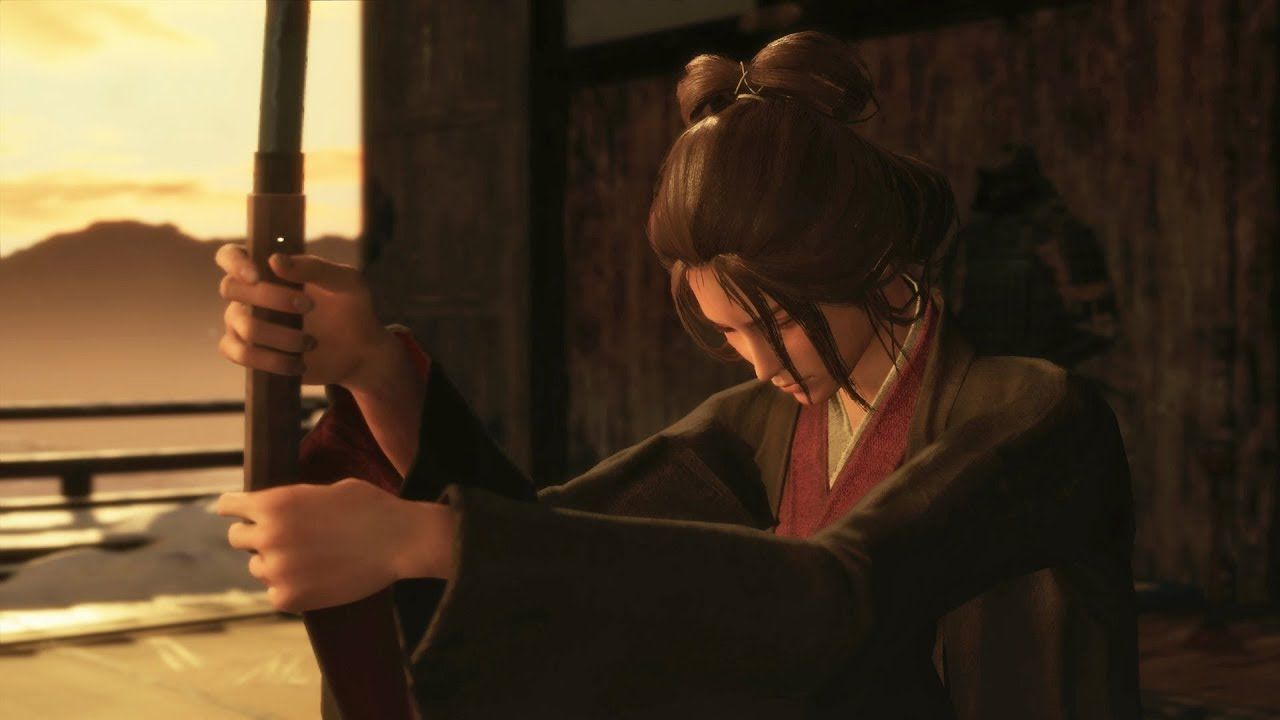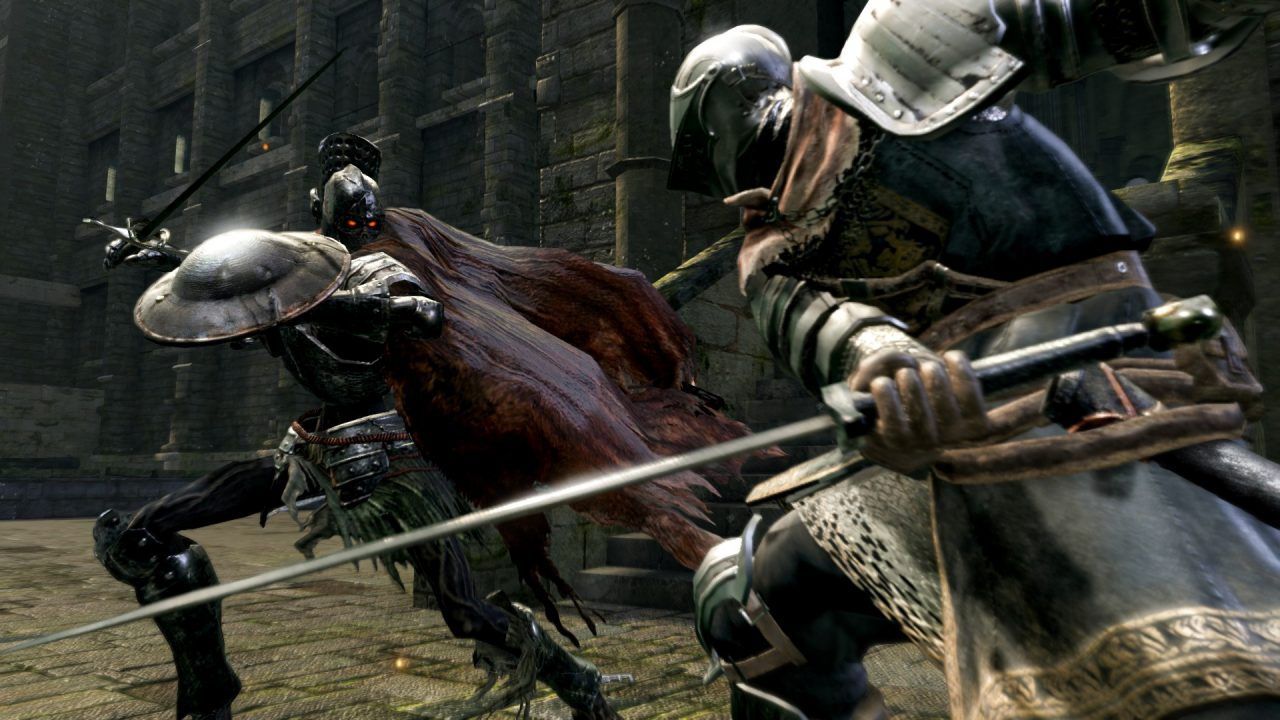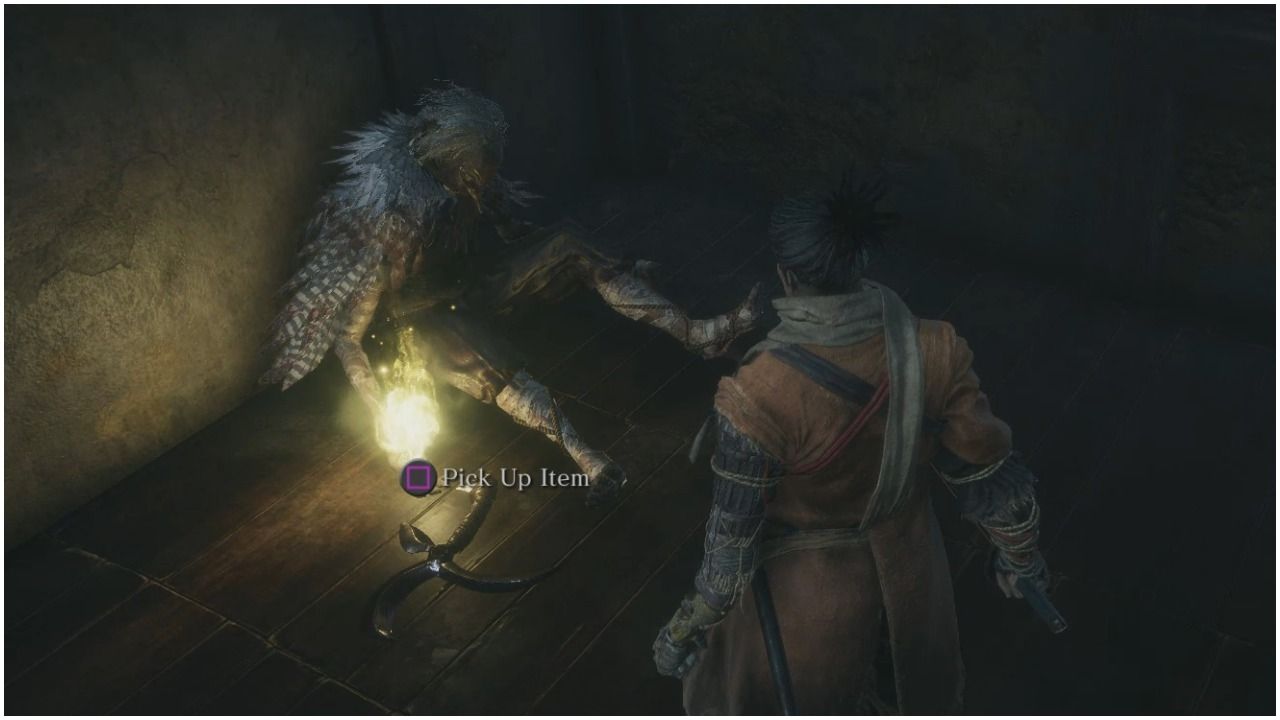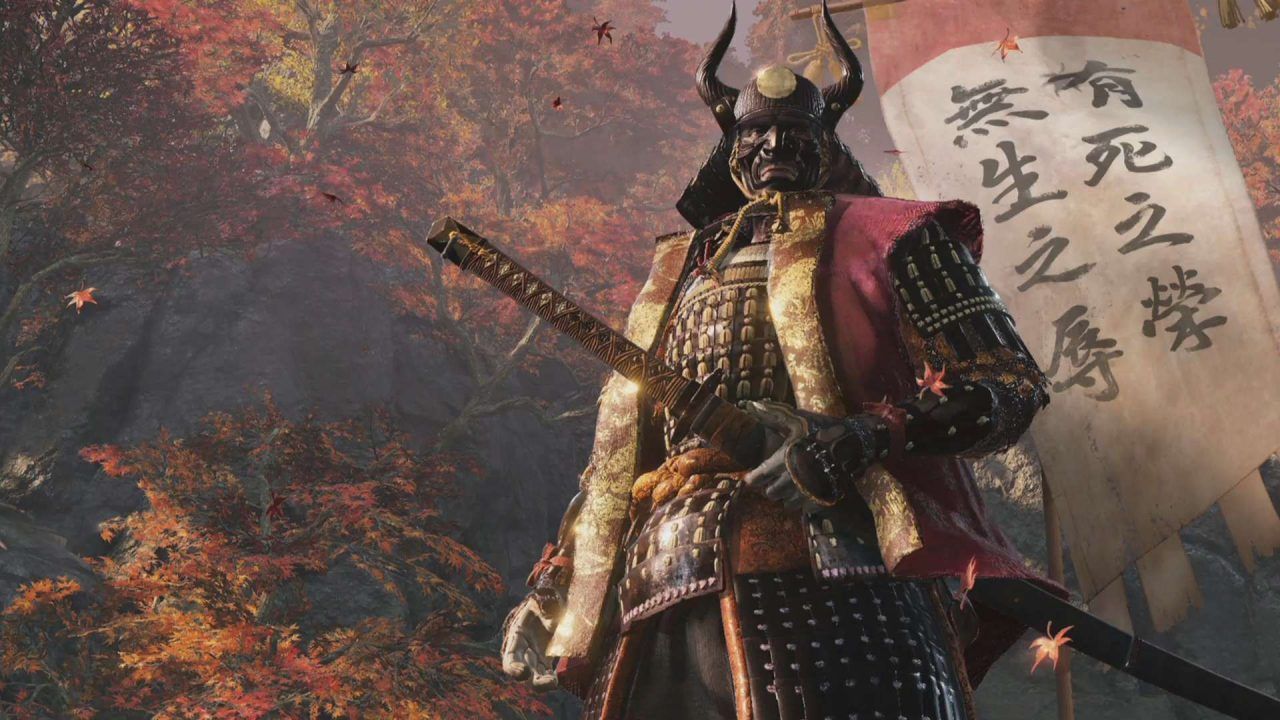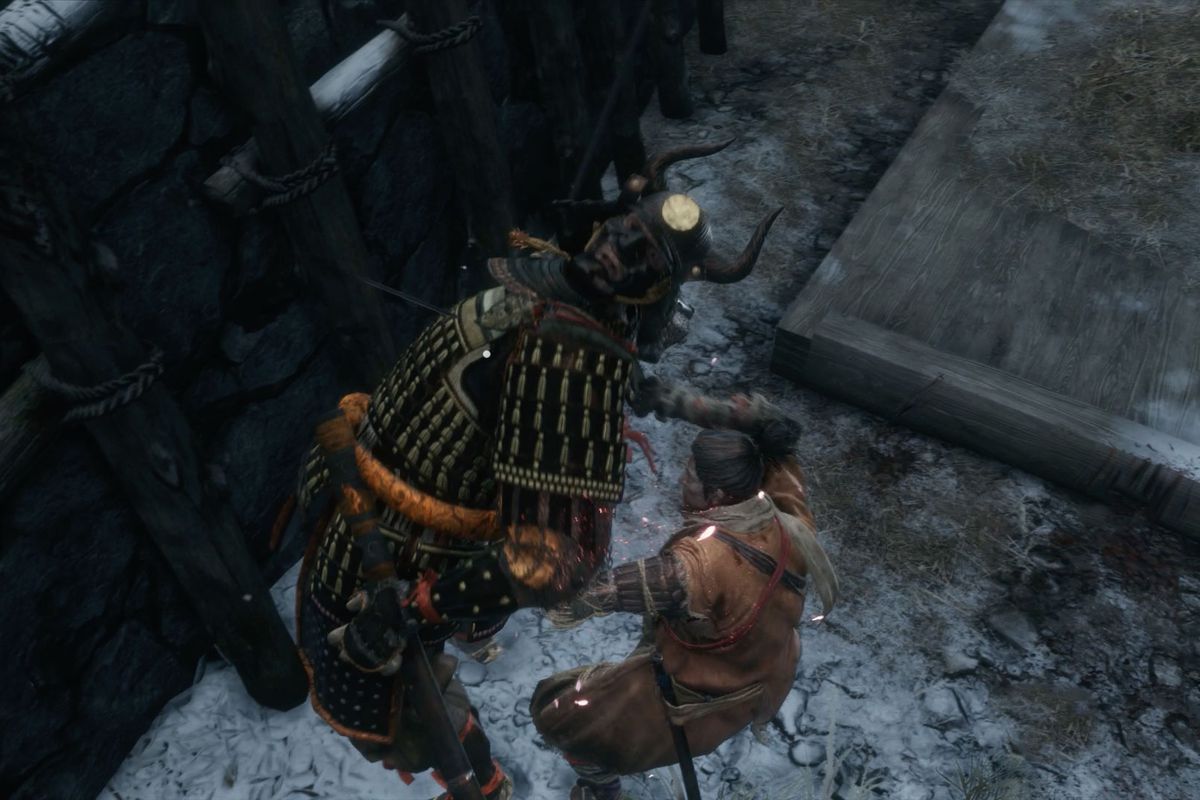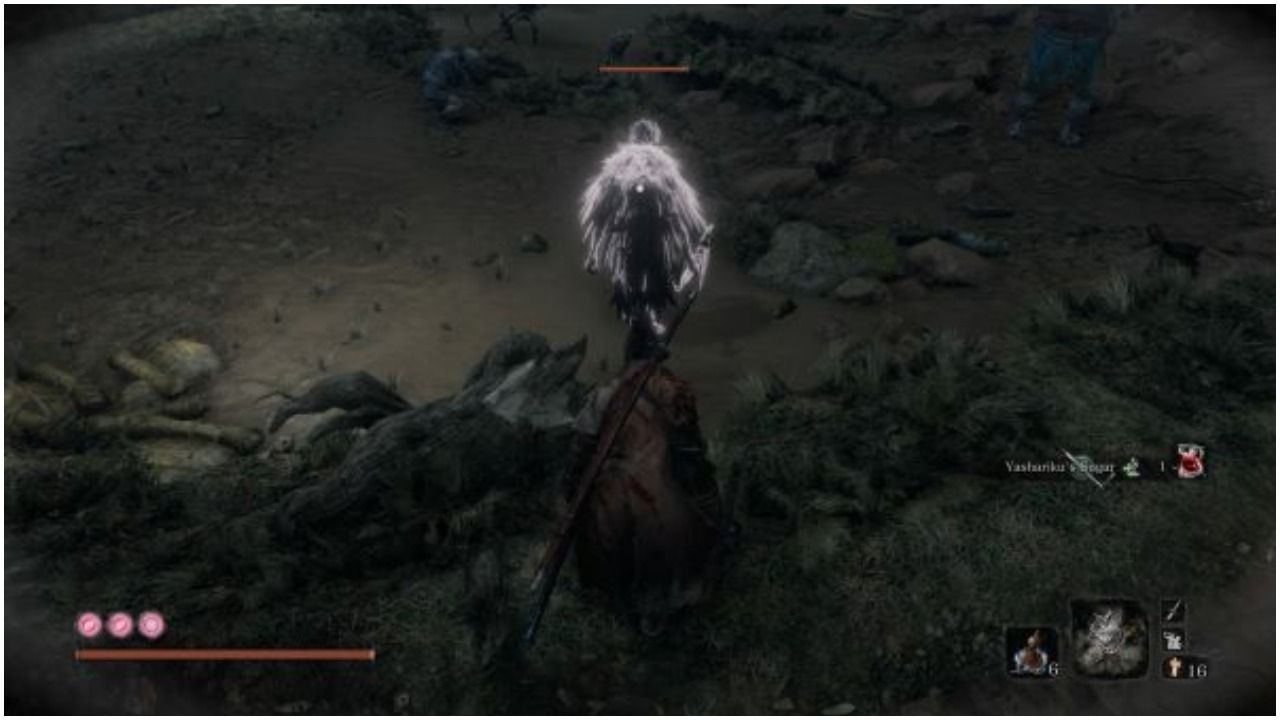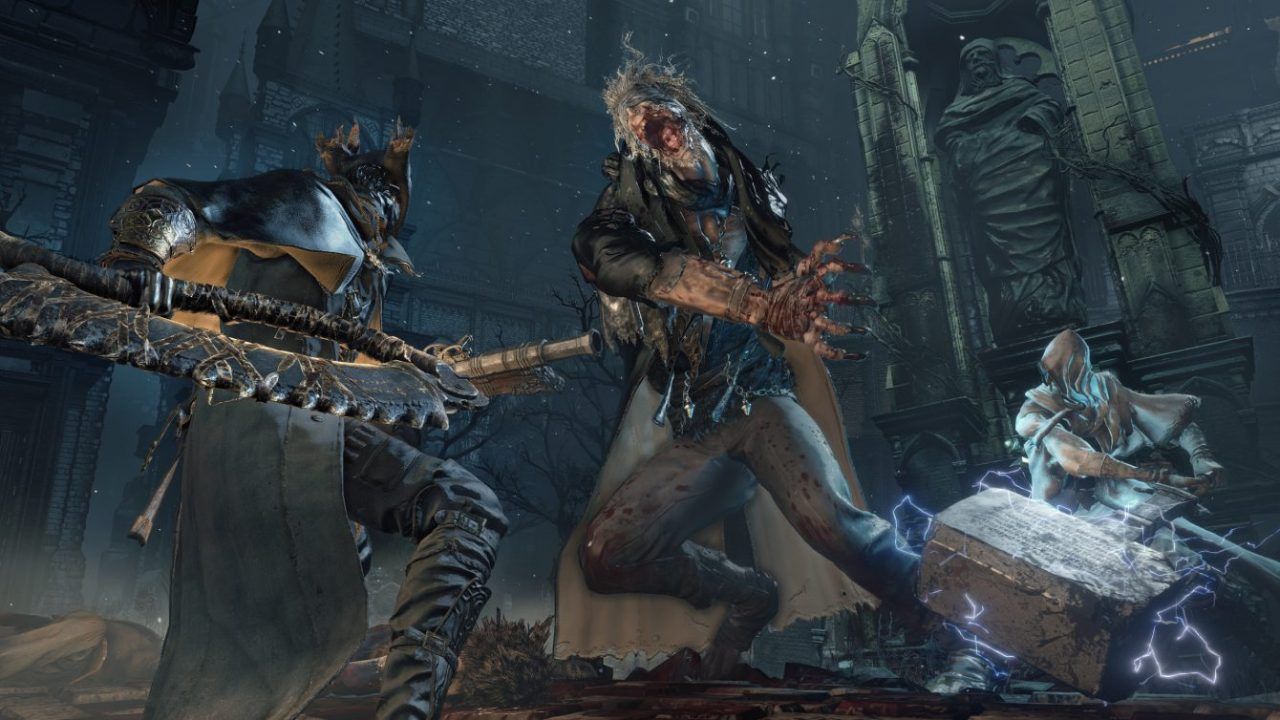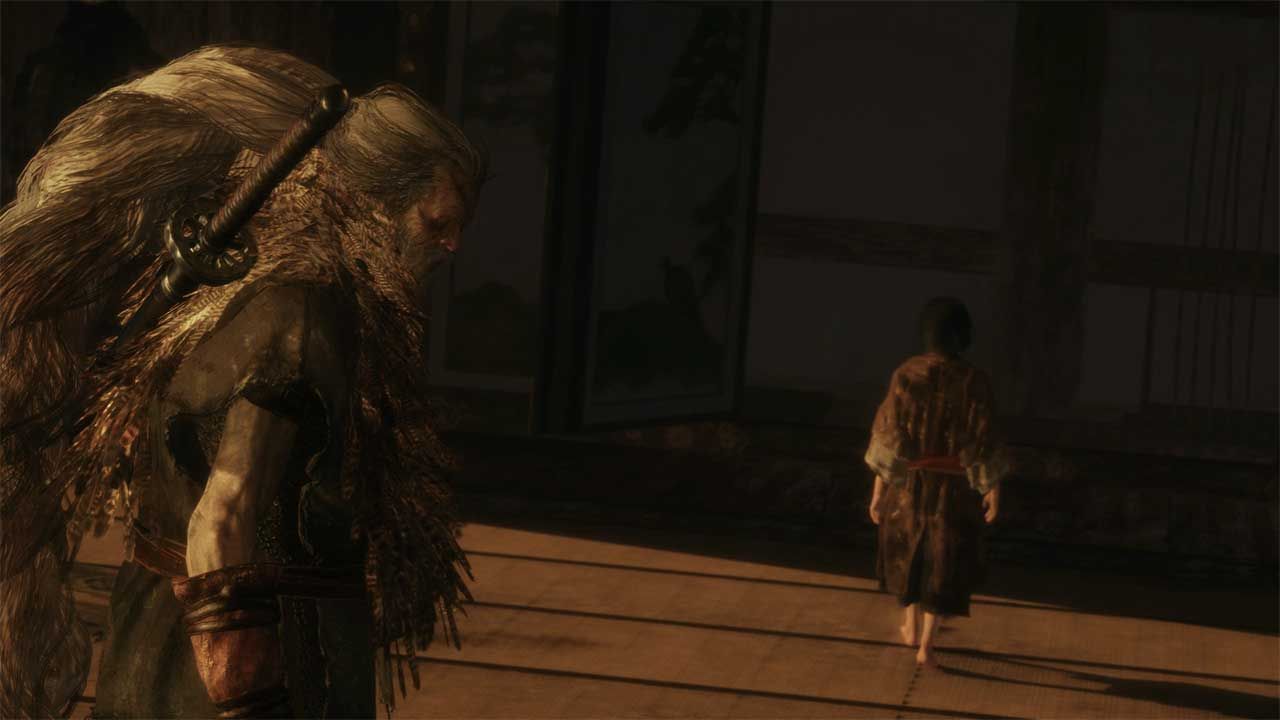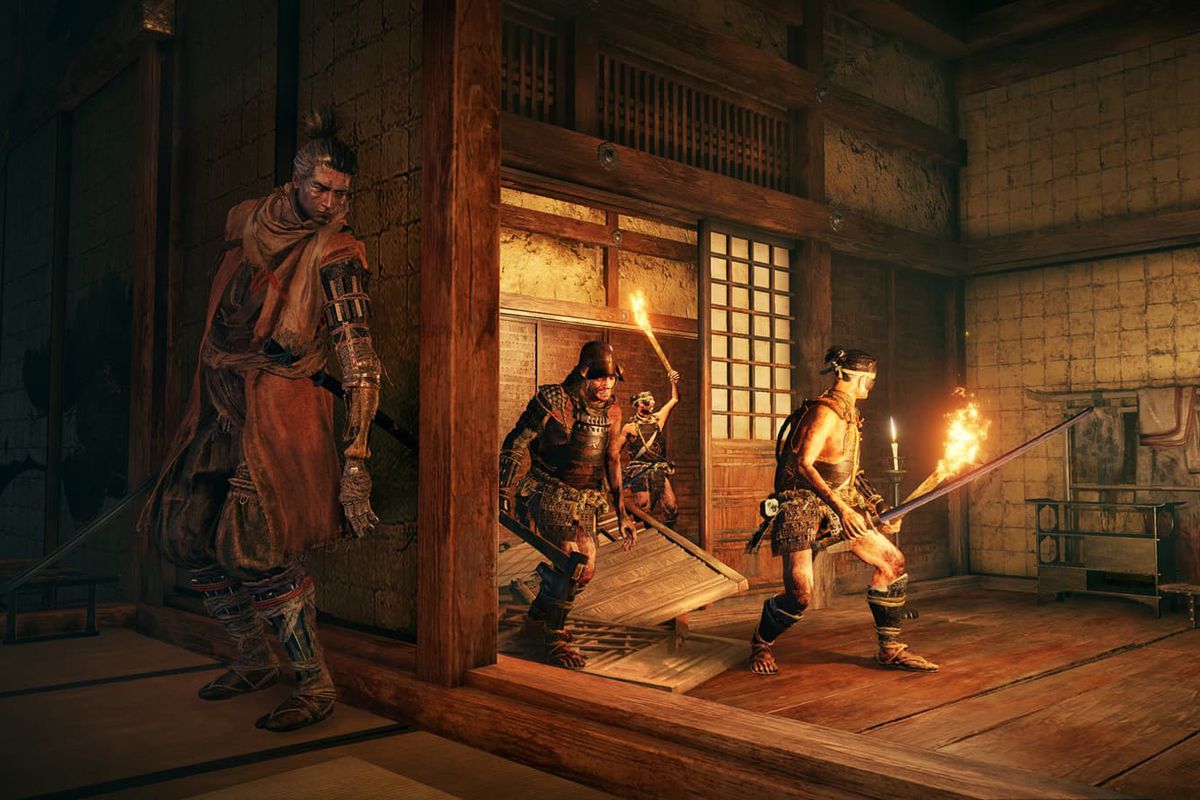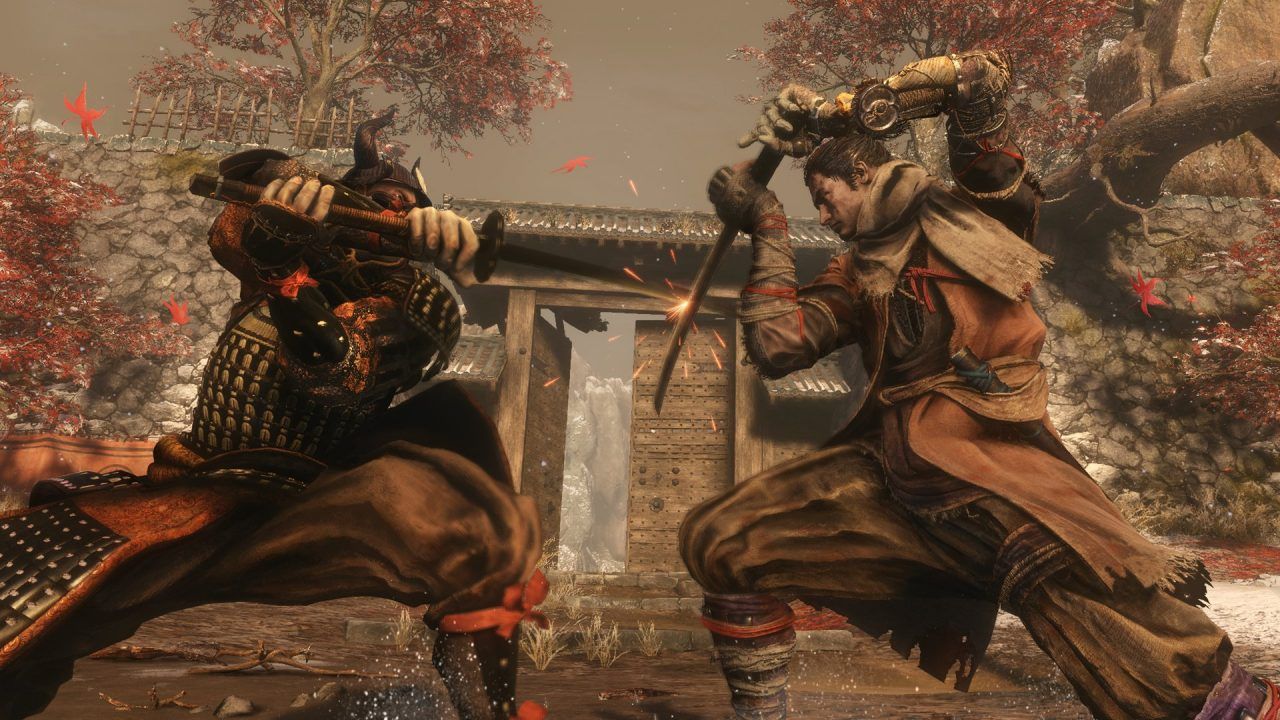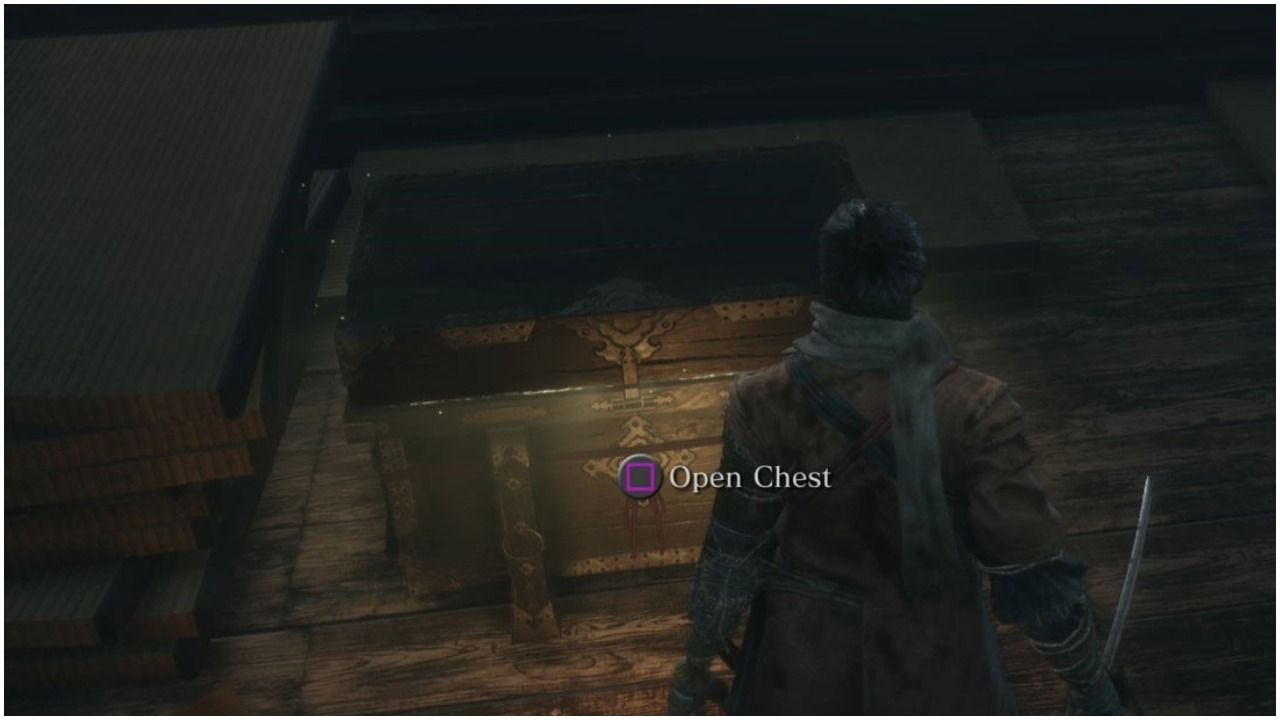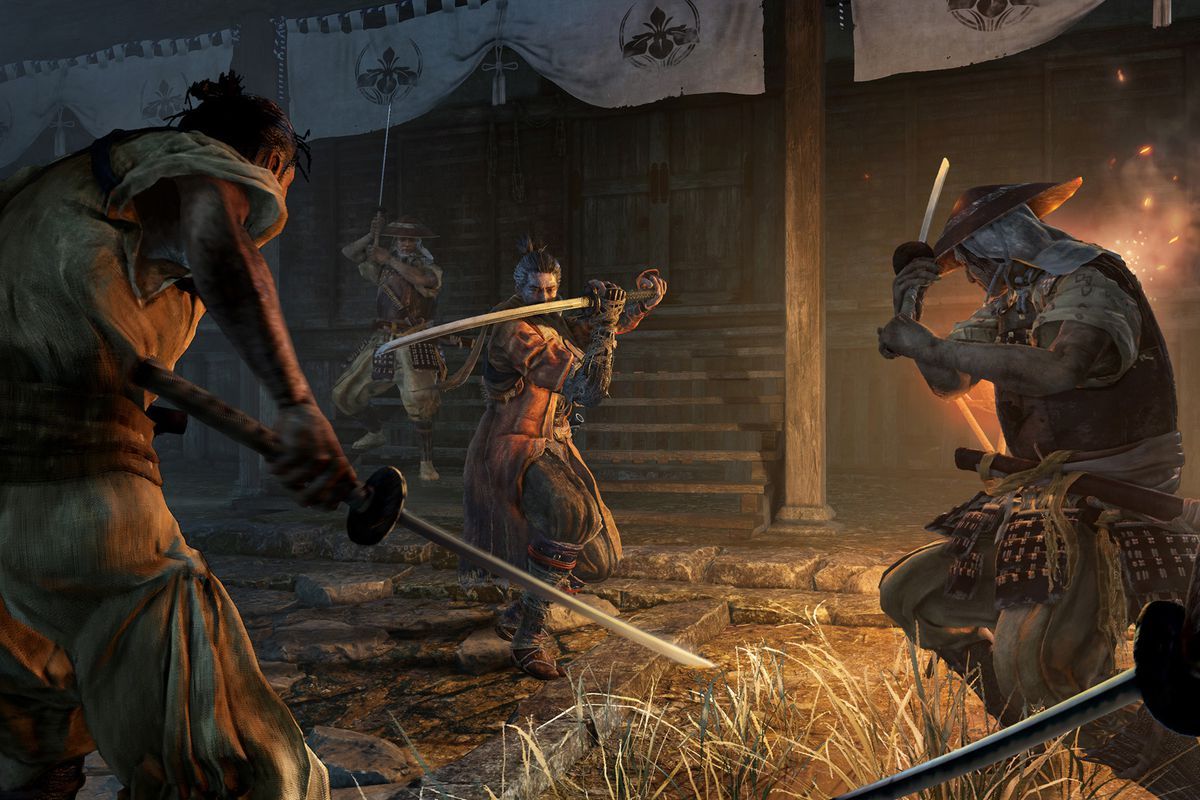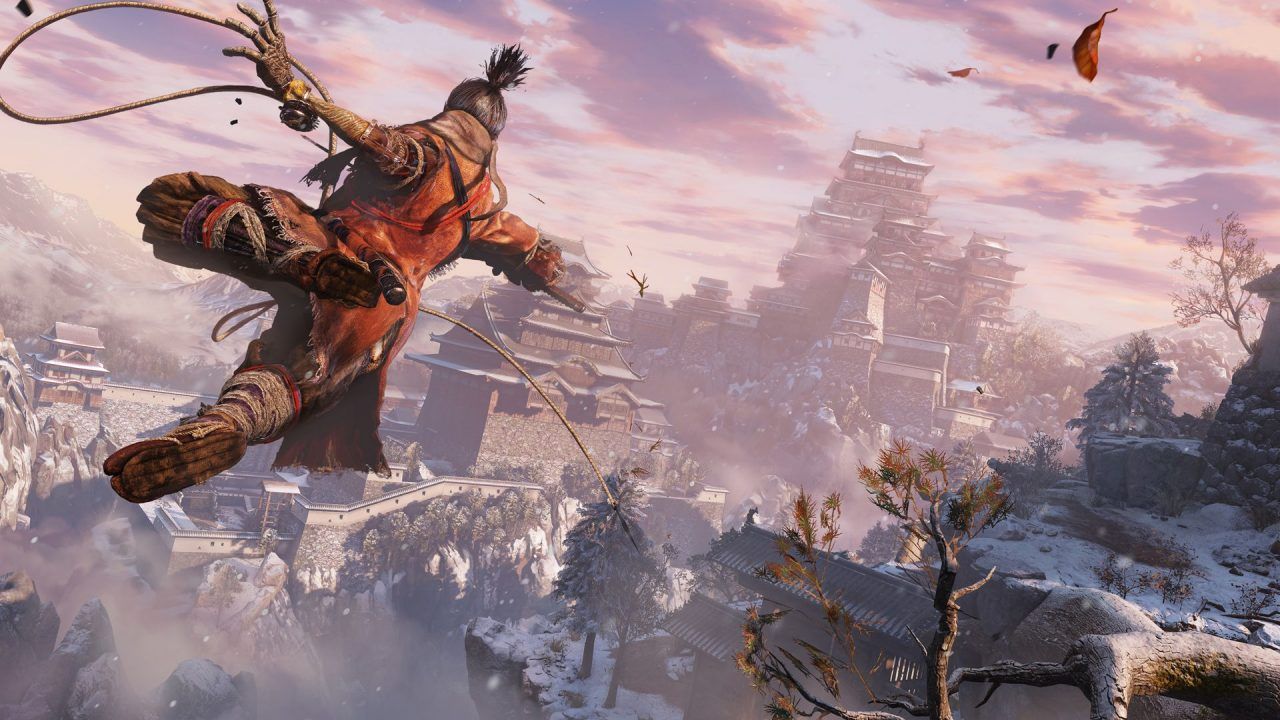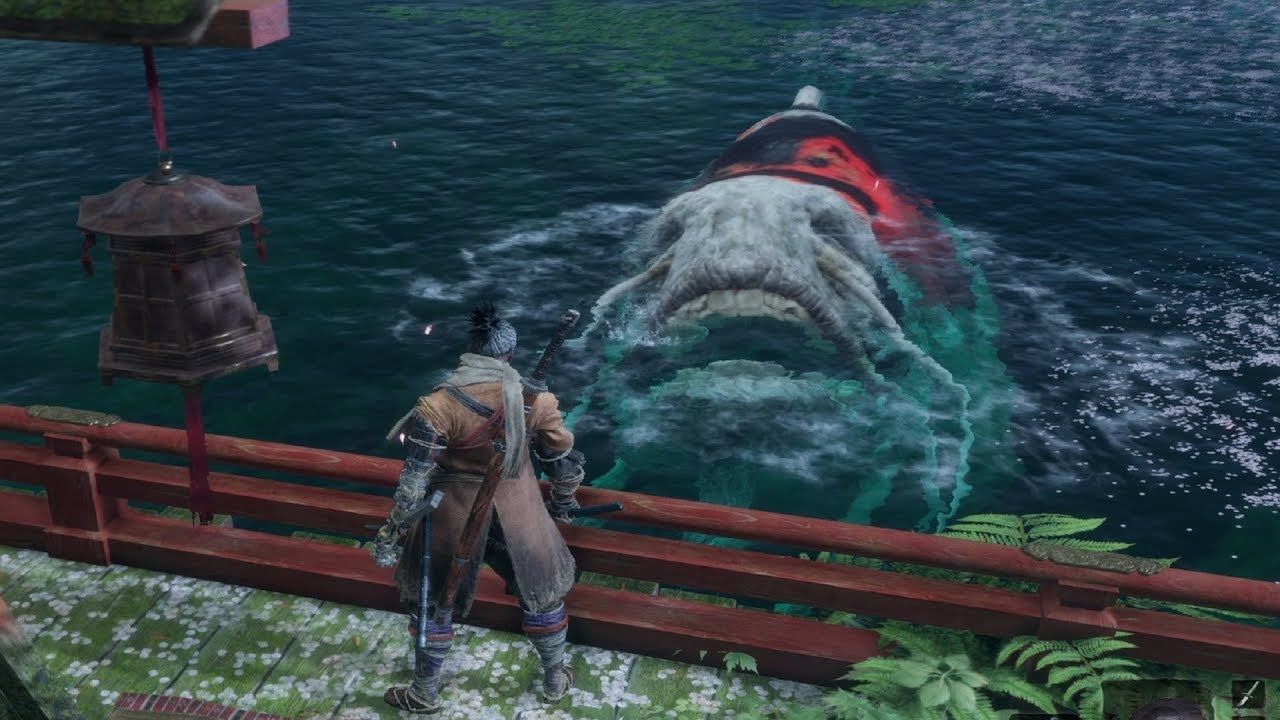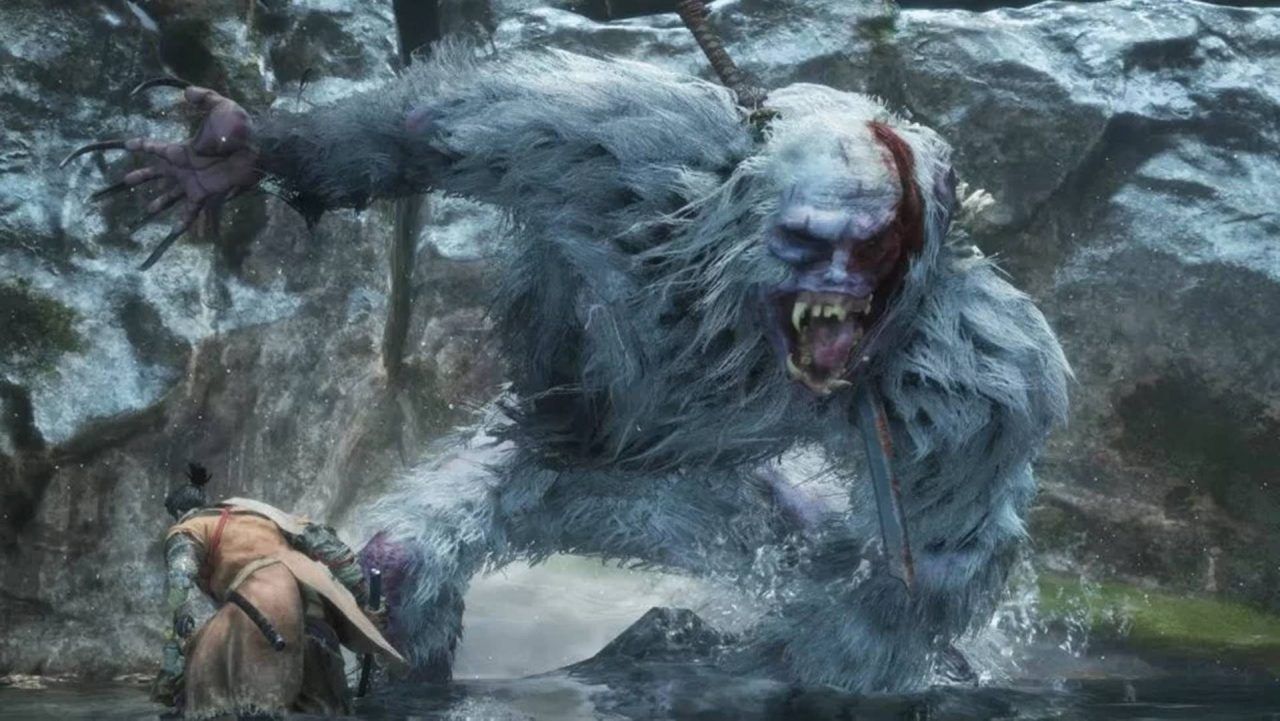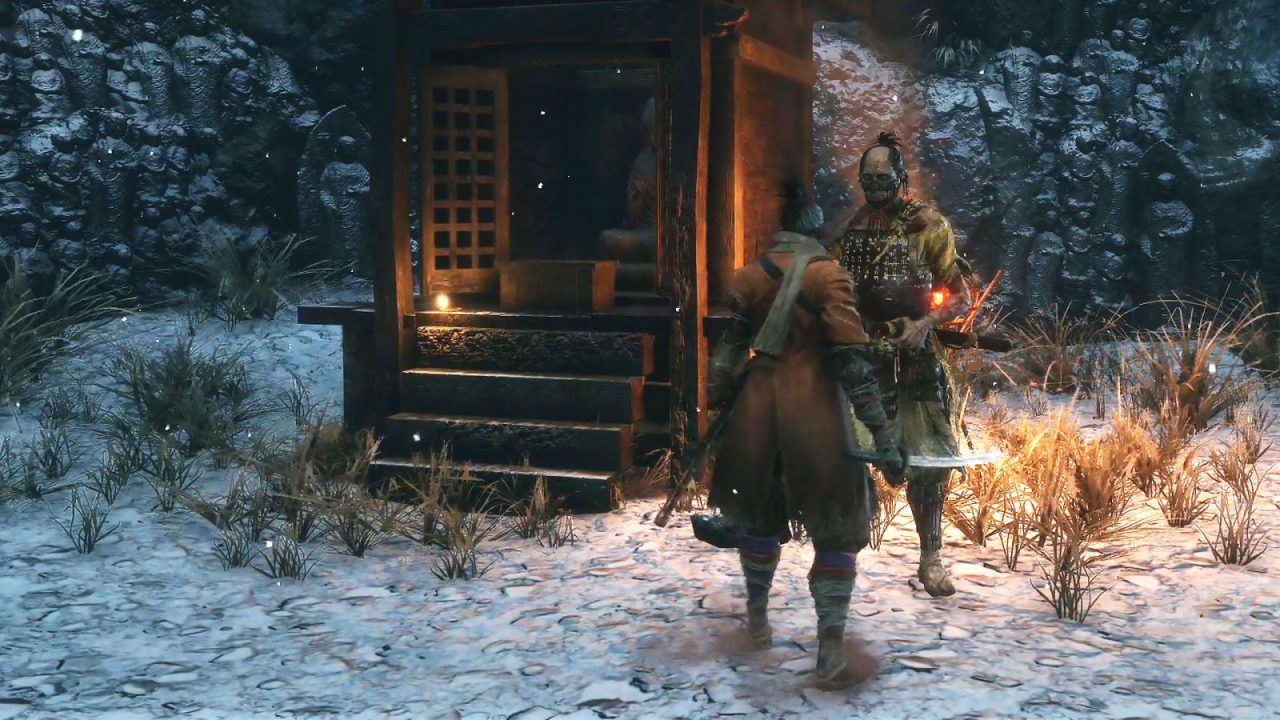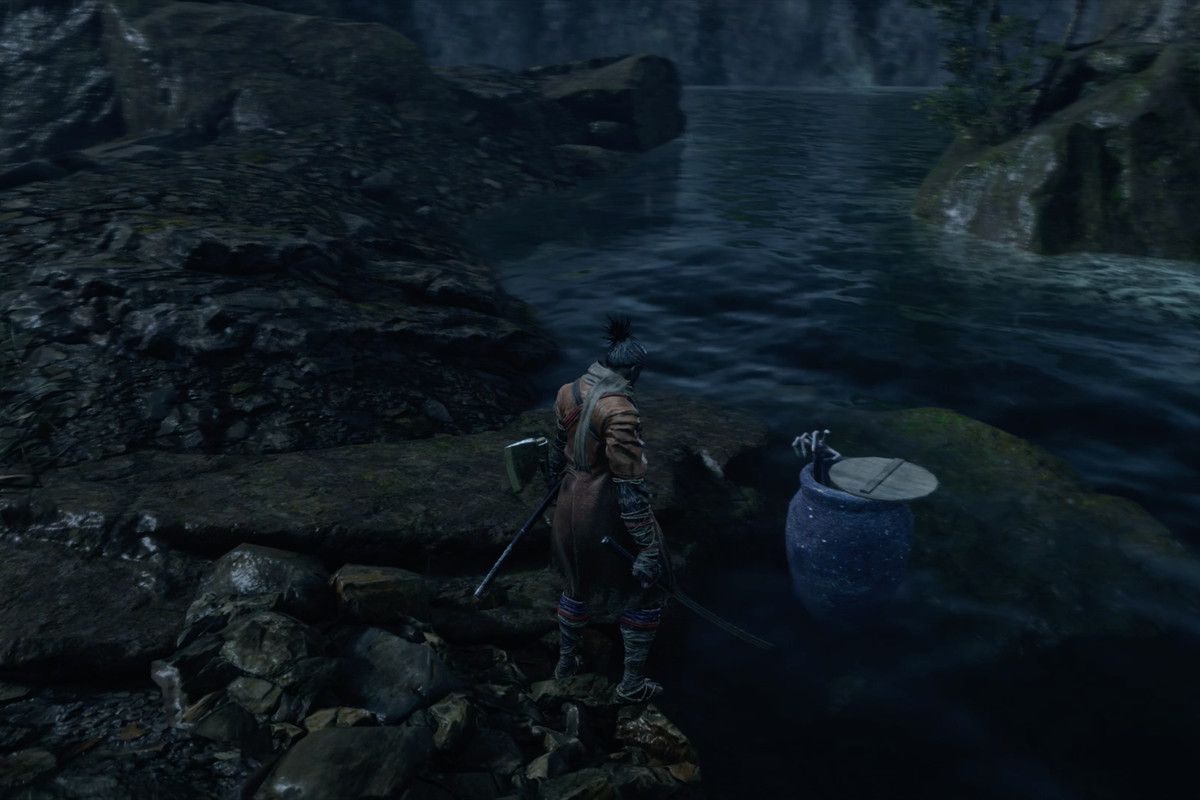FromSoftware has released its latest game and Dark Souls appears nowhere in the title. The dawn of a new age is upon us! Instead of Bloodborne's intense combat and unforgiving bosses, Sekiro: Shadows Die Twice offers punishing battle mechanics with little room for error and enemies capable of demolishing the eponymous shinobi's health with a single swing. The more things change, the more they stay the same.
Hovering just shy of an average score of 90 on Metacritic, Sekiro: Shadows Die Twice seems set to go down as another in a long line of FromSoftware masterpieces. Is the action-adventure game without flaws? No, but the good outweighs the bad by quite a comprehensive margin. FromSoftware veterans can look forward to challenging albeit fair combat, while Sekiro: Shadows Die Twice's stealth system makes the overall experience marginally more welcoming to newcomers than some of the studio's previous output.
A convincing argument can be made for neither Dark Souls or Bloodborne qualifying as RPGs; however, Sekiro: Shadows Die Twice avoids this discussion completely by removing stats from the equation. Even though the campaign is often quite linear, FromSoftware's interpretation of Sengoku-era Japan holds many secrets just waiting to be discovered! In the name of research, we purposefully lost approximately 20 times against each boss to ensure no trick went undiscovered. The other dozen or so losses were just for fun.
Here are 30 things everyone completely missed in Sekiro: Shadows Die Twice!
30 Too Easy? Ring The Demon Bell!
Spoiler: Sekiro: Shadows Die Twice is quite challenging. Regardless of someone's familiarity with FromSoftware's previous projects, 2019's shinobi adventure will provide a couple of noteworthy roadblocks. Game Overs shall happen. Sekiro (Wolf) will frequently succumb to a blade or massive monster. Similar to Dark Souls II and Demon's Souls, Sekiro: Shadows Die Twice punishes failure by spreading a disease which causes NPCs to gradually turn against the protagonist. Help is not coming.
If for some reason you feel the game is too easy, ring the Demon Bell to bestow all enemies with a stat boost.
29 Painting Equals Secret Passage
FromSoftware's worlds might not cover the same amount of ground as a Ubisoft or Rockstar project, but the studio's maps tend to be dense. Sekiro: Shadows Die Twice's slightly more linear approach means players are unlikely to become too lost or accidentally stumble into an area too soon. Nevertheless, Japan still has its fair share of secret passages.
Paintings typically serve to emphasize that a hidden chamber is in close proximity. Keep an eye open for these symbols, as the associated rooms tend to house some incredibly useful items.
28 The Great Optional Boss (Part 1)
Although a secret passage with a hidden Prayer Bead is a cool surprise, it does not come close to replicating the excitement resulting from discovering an optional boss. Sekiro: Shadows Die Twice's key enemy encounters are unequivocally the game's greatest (and most frustrating) component. More are definitely welcome.
The Great Serpent appears three times throughout the campaign, but the definitive encounter is totally missable. Originally showing up at Ashen Castle's gate and later at Gun Fort, the third and optional meeting requires grappling to a secret area in Mt. Kongo's Senpou Temple.
27 Purification Ending
Sekiro: Shadows Die Twice requires four playthroughs to view all the endings. Depending on the chosen route, different bosses are encountered along the way, therefore the alterations amount to more than merely different final cutscenes.
A key moment in determining the ultimate outcome is when OWL asks Wolf to betray or stay loyal to his master. The Purification Ending requires opting for the latter and then eavesdropping on a conversation between Emma and Kuro. Talk to Emma at the Old Grave before heading to the Dilapidated Temple to eavesdrop some more.
26 Sekiro: Shadows Die Twice Is Not Dark Souls
Dark Souls is not Sekiro: Shadows Die Twice. The former's RPG elements permit the application of various playstyles. Prefer to keep the shield up at all times and wait for a moment to strike? Dark Souls allows it. Want to assume a more aggressive stance? Dark Souls allows it.
Sekiro: Shadows Die Twice expects fights to proceed a certain way. That is not to say personal agency plays no part, but taking the initiative is often not viable. Boss fights punish those who rush in blindly and aggressively. Stick to a defensive strategy and wait for a moment to strike.
25 Shuriken: The Ultimate Disruptor
Alongside an unremovable katana, Wolf comes equipped with a handy Prosthetic Arm permitting the attachment of various secondary weapons. Becoming comfortable with the Grapple Hook is crucial to winning fights and traversing the land, while the additional items help ease some of the pressure along the way.
The Loaded Shuriken ranks among the least interesting tools at Sekiro's disposal; however, the projectile can be the difference between victory and defeat. A boss' special attacks are near impossible to stop, but throwing a shuriken during the wind-up sequence often stops them in their tracks.
24 Names Hold Meaning
Prayer Beads increase Sekiro's health bar. Simple, right? Due to stats not really being a thing, one cannot grind and drop points into vitality to allow for the survival of an extra blow or two. How are these items found? Some are located in chests or in secret passages, while others are dropped by special enemies.
Besides standard foes and bosses with their own isolated areas, Wolf battles quite an extensive number of mini-bosses. If an enemy comes with a name, they are classified as the latter. Exceptions aside, a named enemy is prone to leave a Prayer Bead.
23 Grabbed? Jump Rather Than Dodge
At one point or another, an enemy is going to grab Sekiro from the front or back. Hopefully, it is the former, as the latter produces a few rather questionable moments. If caught between a rock and a zombie samurai, one may feel the urge to quickly dodge out of harm's way. This is unlikely to work. Sekiro: Shadows Die Twice reduces dodging to a situational skill rather than an exhaustive get out of jail free card.
Obviously, preemptively dodging the grab is an option, but a time will come when the sidestep fails. When this happens, attempt to jump rather than dodge.
22 Lilac Umbrella Is A Ghost's Kryptonite
Youkai (apparitions) make an appearance during the later stages and present a convincing case for being Sekiro: Shadows Die Twice's hardest common foes. Often attacking in groups and following unpredictable patterns, prepare to experience a lot of hardship when facing off against any of these enemies.
Alternatively, equip the Phoenix's Lilac Umbrella to reduce these encounters to a minor annoyance. The prosthetic tool uses Spirit Emblems to basically surround Wolf with a temporary forcefield that prevents damage from apparitions.
21 Sekiro: Shadows Die Twice Is Not Bloodborne
Bloodborne punishes Dark Souls veterans accustomed to cowering behind a shield. Dodging is a core mechanic that must be mastered for the game to be completed. Sekiro: Shadows Die Twice punishes Bloodborne veterans accustomed to constantly dodging enemy attacks without a care in the world.
Sekiro is a highly trained ninja, so the dude is quite nimble on his feet. However, blocking and parrying are far more essential to victory than a brisk sidestep. Dodging has its place, but parrying is the name of the game.
20 Shura Ending
Simultaneously the simplest to obtain and least desirable conclusion in the campaign, the Shura ending is the only one to require Sekiro to betray Kuro, his master, and join OWL's cause. Putting aside the narrative consequences associated with obeying the Iron Code, the Shura ending's undesirable nature is due to this route eliminating quite a substantial portion of the endgame.
Now, in all fairness, two bosses can only be encountered by going down this road, but the other endings are considerably better. Leave this one for the second or third playthroughs.
19 Eavesdrop All You Want, Nobody Is Judging!
Eavesdropping may seem like a cheap move for a master swordsman to rely upon, but shinobi are essentially spies. Historically, feudal lords tasked ninjas with hiding in plain sight to hopefully learn a juicy piece of information about an enemy. A direct battle was a mark of a terrible shinobi. Eavesdropping provides insight into NPCs and locations of hidden items.
The vast majority of enemies are susceptible to a stealthy eavesdrop. Crouch on a roof or hide behind cover and, if information can be learned, a prompt should appear on the screen.
18 A Block Is Only A Mistimed Parry
Learn to parry. Believe Sekiro: Shadows Die Twice is impossibly difficult? Then, you need to dedicate a few more hours to the art of deflecting swords with a katana. While parrying is hardly a new mechanics for FromSoftware, 2019's release is the first to organize an entire combat system around it.
With the exception of a select few, holding L1/LB blocks nearly every attack. Certain special moves cannot be blocked, but parrying remains on the cards. Press the associated button a second prior to the attack landing and Wolf should deflect it.
17 Sekiro: Shadows Die Twice's RPG Roots
Sekiro: Shadows Die Twice is not an RPG. Players do not create a unique character or upgrade stats to suit their fancy. Sekiro's story must be respected and developed accordingly. The beginning few areas are somewhat linear in nature, but the world opens up considerably after reaching Ashina Castle. Wolf is free to complete three separate areas in any order.
While we would not go as far as to describe Sekiro: Shadows Die Twice as open world, exploration is still recommended. Although treasure chests are not overly abundant, they are scattered throughout the map and quite well-hidden.
16 Learn To Whistle
Prosthetic tools are usually acquired by delivering an item dropped by a boss (or mini-boss) to a specific NPC capable of upgrading the material. The Sculptor supplies Sekiro with his Prosthetic Arm and installs upgrades along the way. The Finger Whistle happens to be one such improvement.
Putting aside the item's rather grim design, the Finger Whistle mainly functions as a way to separate groups of enemies. The Ceramic Shard serves the same basic function, although the Finger Whistle eliminates the need to farm.
15 Read The Tutorial Popups
Sekiro: Shadows Die Twice can be intimidating, especially during the opening few hours. The learning curve is worsened due to tutorials arriving in the shape of popups. Out of all the possible methods FromSoftware could have utilized to introduce the combat's core systems, the developer opted for the one users tend to ignore. Popups are white noise.
They also happen to be very important. Resist the urge to automatically block out any notifications and read the texts. Additionally, try to socialize as NPCs frequently drop hints on ways to overcome bosses.
14 The Great Optional Boss (Part 2)
Sometimes, a scalpel is more effective than a hammer. Sekiro: Shadows Die Twice's bosses love to get right down to business and diminish battles to a test of attrition and reflexes. Along with its optional status, the Great Colored Carp stands out from the crowd due to requiring Sekiro to take a more tactical approach. Hint: It is a fish.
Where is this immense carp located? From Fountainhead Palace's Great Sakura, swim down to a sunken house holding an NPC who talks about a giant fish at a nearby cave. Follow the character's instructions to find the red carp.
13 Hidden Attacks
Credit to MrCitrus100 for posting a video of this awesomely intense Guardian Ape attack. In order to damage a boss' health bar, Sekiro must first deflect enough of the enemy's incoming blows to charge its posture meter. Think of this as a replacement for Dark Souls' Stamina. Once at maximum, Wolf or a foe will lack the necessary energy to deflect incoming attacks.
In order to quickly replenish this metric, certain bosses come with unique situational attacks designed to greatly weaken their postures. Prosthetic tools exist for a reason.
12 Hanbei's Tooth
Sekiro: Shadows Die Twice's title refers to Wolf's ability to stave off the Grim Reaper before ultimately meeting his faith. Represented by two circles above the health bar, resurrections provide Sekiro an opportunity to turn the tide of battle. Traditionally, resurrections are on a timer and require Sekiro to deliver a certain amount of damage to enemies before the second becomes accessible.
Bite Down is an item which removes this timer and heals 50% of Sekiro's health, although it comes at the price of Wolf's life. As the item is quite rare, one may elect to equip the Hidden Tooth, an unlimited version of Bite Down. Where is it? Hint: It is Hanbei's tooth.
11 Merchant Among The Waves
Sengoku era Japan is home to a fair share of quirky peddlers seeking to trade with highly trained shinobi. Leave no stone unturned, as merchants are known to be fond of a decent hiding spot. Once Ashina Outskirts are thoroughly explored, Hirata Estate becomes accessible.
Besides being one of the area's identifiable landmarks, Hirata Estate's bridge also hides a merchant by the name of Harunaga. Found underneath the bridge and in a pot, Harunaga serves a crucial role in defeating the Great Colored Carp.

